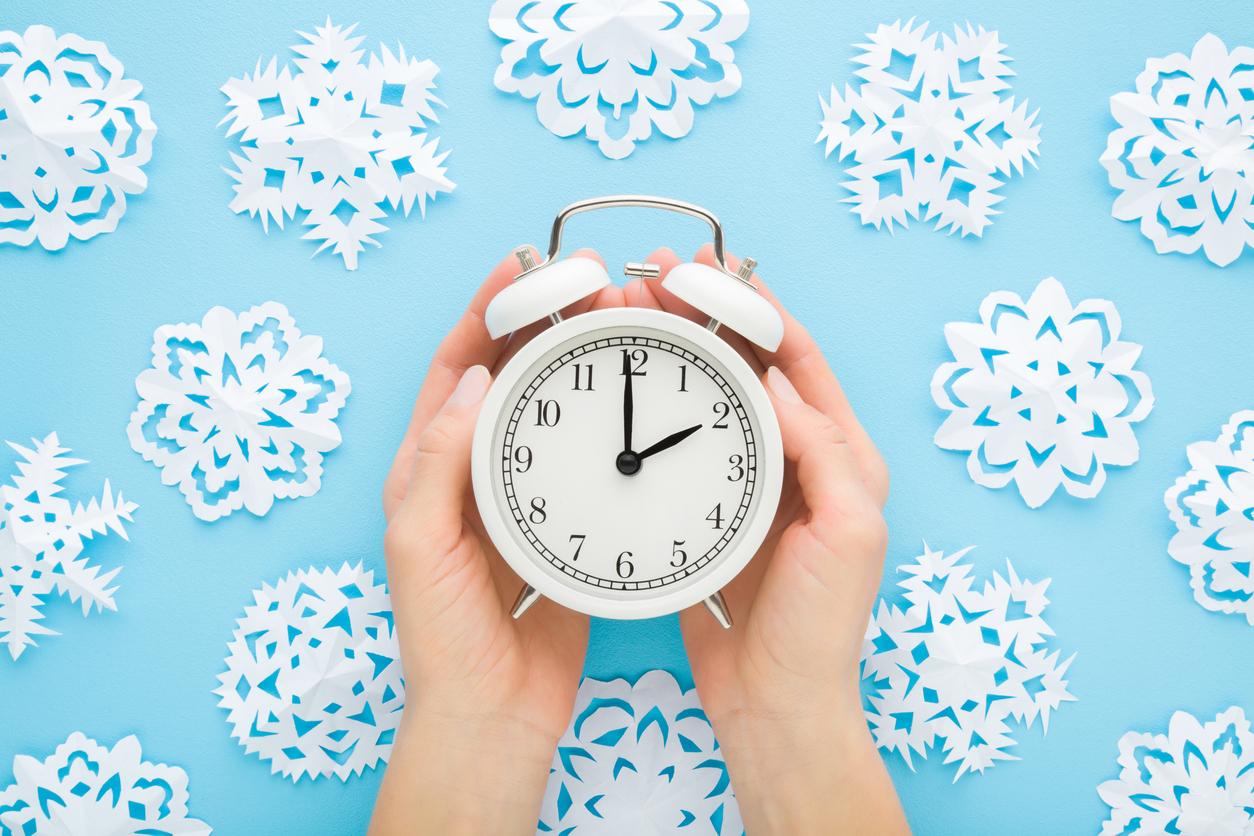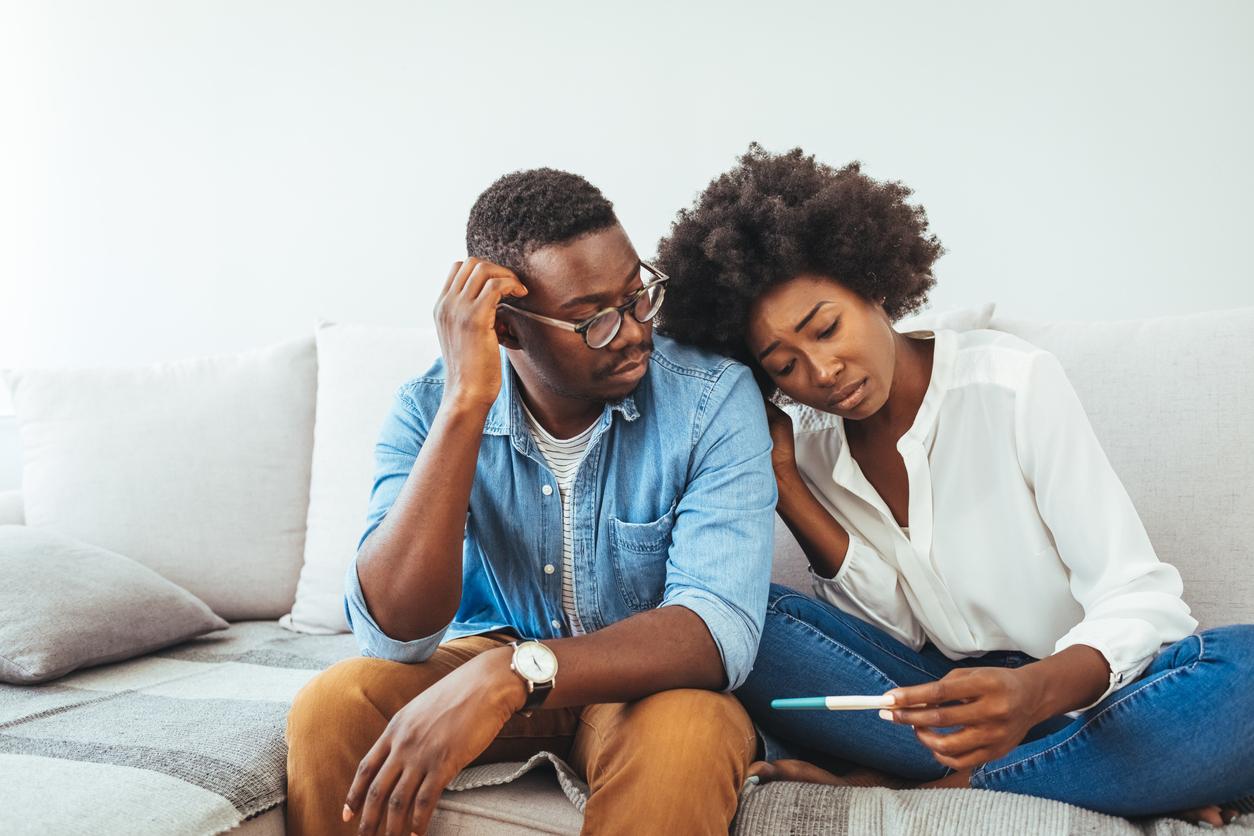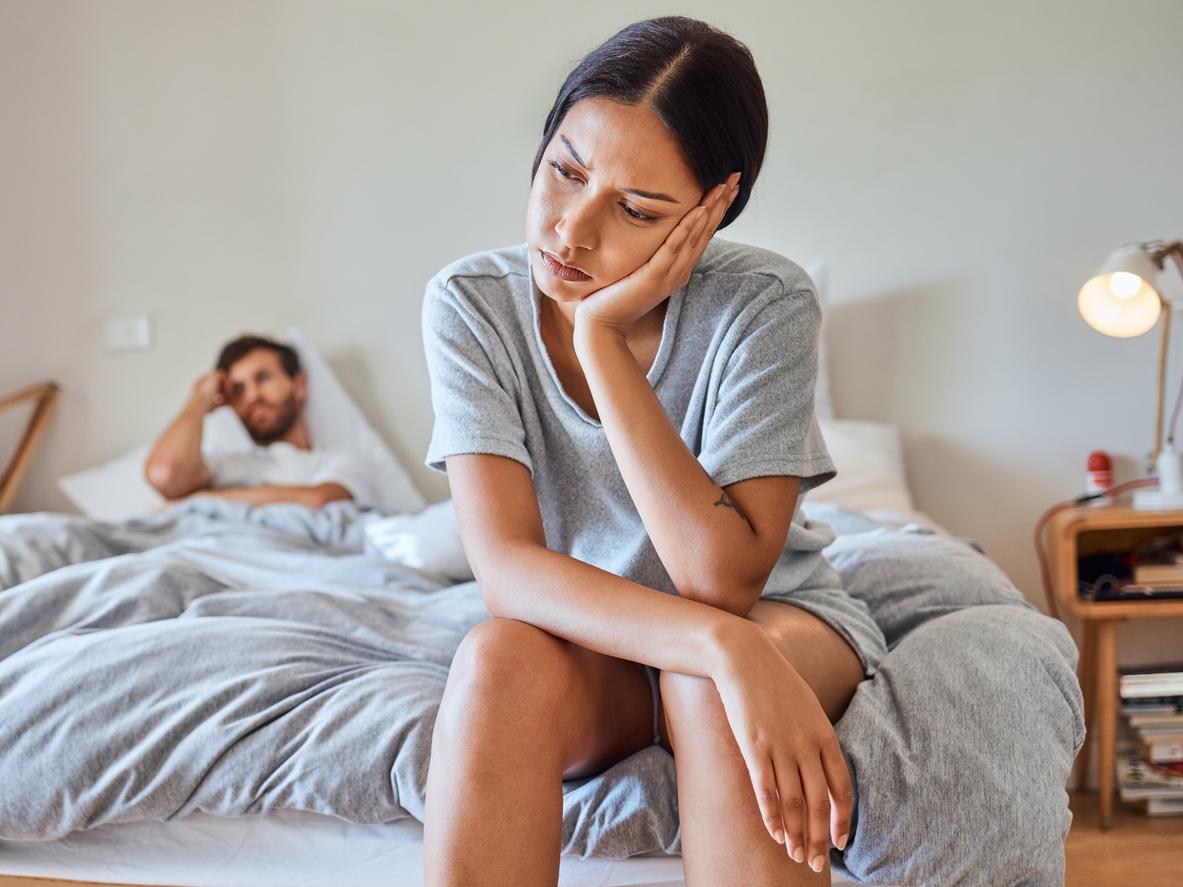Asexuality is a sexual orientation just like homosexuality, bisexuality or heterosexuality.

Refusing all sex and not enjoying it is not always related to the relationship or the partner, but sometimes to asexuality. Unlike voluntary abstinence, which is decided for personal reasons, it constitutes a real sexual orientation that is more or less difficult to assume.
How do you know if you are affected by asexuality?
Asexuality is different from abstinence. Unlike people who have chosen not to have sex, like priests with the vow of chastity for example, asexuals do not struggle to avoid having sex.
On the contrary, they simply do not think about it. For them, it is normal not to feel the desire or urge for sex, either with a partner or alone with masturbation. This is how we can differentiate asexuality from a couple’s difficulty, for example, which concerns only one partner. Asexuality is a true lasting sexual orientation that appears as early as adolescence or among young adults and lasts throughout life.
How to live the couple relationship when one is asexual?
Being asexual does not mean you have to give up on any romantic relationship. On the contrary, an asexual person can completely experience romantic feelings while taking pleasure in other ways.
However, finding a partner who accepts the absence of sex can sometimes be a long-term problem. To help asexuals, some associations have been formed such as AVA (association for asexual visibility), AVEN or Rencontre Asexuals for example, which allow to share experiences and, why not, meet a partner who is himself asexual or who accepts this orientation. .
Learn more:
- AVA (association for asexual visibility): https://www.asexualite.org/
- AVEN: https://en.asexuality.org/
- Asexual Dating: https://datingasexual.com/
.

















